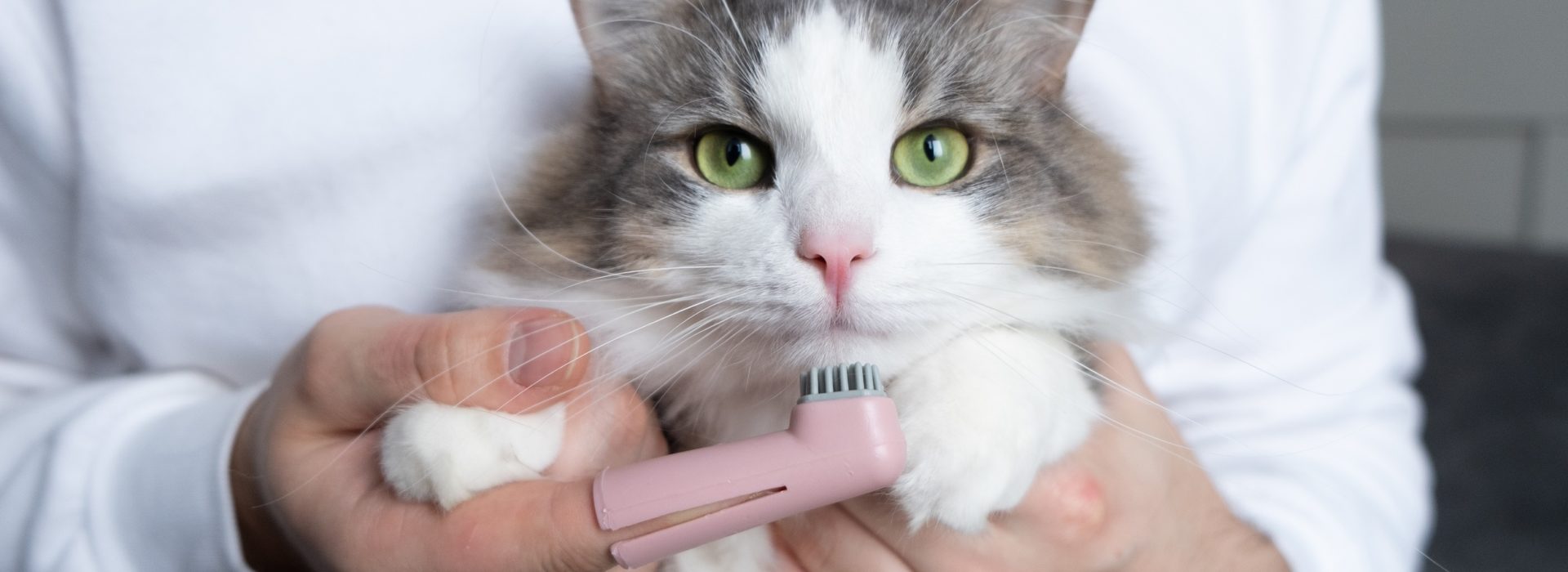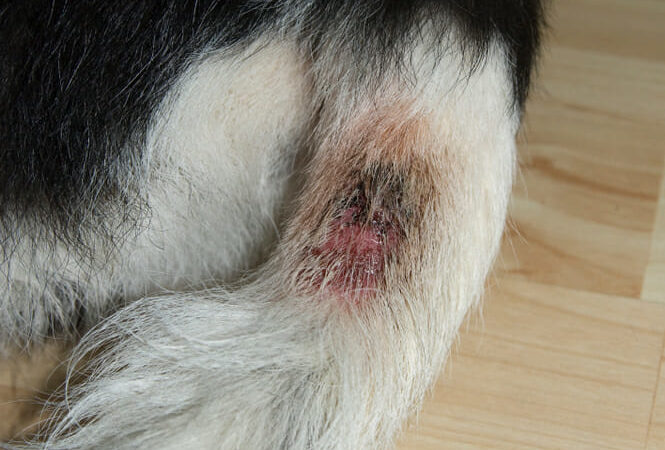If there was any single thing you could do to improve your cat’s longevity and quality of life, dental care is most important. Animals perceive oral pain in the same manner as humans so treating abnormalities such as gingivitis, broken teeth and infection can have a noticeable difference. There are a variety of dental procedures for our senior and younger patients.
What is involved in a dental cleaning procedure?
A dental cleaning service would be a complete oral exam, dental radiographs, scaling and polishing teeth. Dental treatments include bonded sealants, extractions, deciduous tooth extraction, unerupted tooth removal, oral mass removal, etc. Before a dental cleaning is discussed, a visual oral exam is part of every examination, so you and our veterinarians may discuss the extent of dental disease and treatments required.
What are the signs of dental problems in cats?
The most common sign of dental problems in a cat would be the complete lack of signs. You need to look at the teeth and gums to look for periodontal disease while issues such as resorptive lesions may only be visible with radiographs of tooth roots. In severe cases, a cat will stop eating, develop facial swellings (abscess), drool or stop grooming their face. During an annual exam, we discuss any abnormalities in your cat’s mouth that may be a source of pain.
Are some feline breeds more susceptible than others?
No, specific cat breeds are not more prone to dental disease than others. There is an association between oral health problems and feline leukemia or immunodeficiency viruses. Every cat, regardless of breed, can have dental issues if dental care is not initiated.
What is feline tooth resorption?
Feline tooth resorption, formerly known as neck lesions, occurs when cells called odontoclasts destroy the tooth root surfaces by causing the enamel to be resorbed. As it progresses, the different layers of the tooth are resorbed, and the pulp cavity becomes exposed, causing pain and sensitivity. The resorption continues until the tooth is weakened and ultimately fractures. These lesions may occur above or below the gum line.




